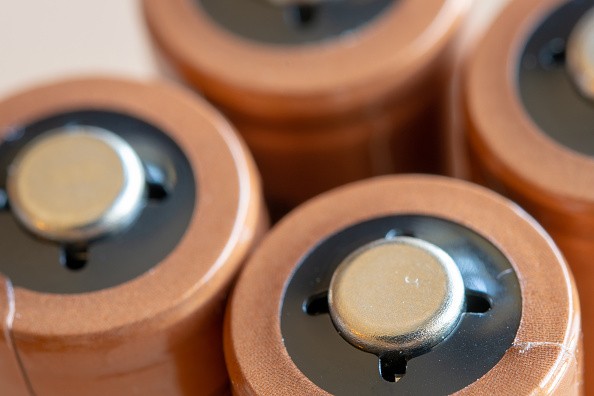Lithium-sulfur batteries are hailed as the "next generation" for the amount of power they can hold compared to conventional lithium-ion ones. However, they have one major Achilles heel: they don't last long.

However, some scientists might've found a way to solve that problem. ABC News Australia recently reported that modern lithium-sulfur batteries could, according to researchers, be more efficient and cheaper to make just by adding sugar.
Yes, you read that right: the one thing that makes your coffee not taste like dirt could be used to improve electronic devices in the near future. Furthermore, the efficiency improvements could be big enough to enable electric vehicles to drive from Melbourne to Sydney on just a single charge.
Here's a bit of perspective for you: a car drive from Melbourne to Sydney will take over 9 hours to complete. That's like driving from Los Angeles to Utah non-stop, at a distance of over 540 miles. For an EV to complete that roadtrip on a single charge is incredibly amazing.
That's because lithium-sulfur batteries have the capacity to store two to five times more power per kilogram (2 lbs) than their lithium-ion counterparts.
Lithium-Sulfur Batteries: An Improbable Solution
Contrary to what you might believe, lithium-sulfur batteries aren't exactly new tech. The technology that allows the manufacture of these batteries has been talked about within the scientific field for years now, even as far back as 2015.
The durability problems of such a battery had already been evident by that time, too, which is why a team of researchers from the Monash University in Melbourne looked for and eventually found an answer in a 30-year-old geochemistry paper: sugar.
How Does Sugar Help?
There are two main problems, but only one involves the sugar method. Unlike lithium-ion batteries, lithium-sulfur cells store energy via an electrode made of sulfur particles, which absorb positively charged lithium ions.
However, using a sulfur electrode can cause the formation of polysulfides, which can lead to a so-called "mossy growth" in the batteries' anodes (aka charging terminals). This, in turn, will degrade the performance of lithium-sulfur batteries over time.
The paper they used as reference which was published in the late 80s, described the incorporation of a "glucose-based additive" (glucose in this case literally means sugar) into the batteries' cathode matrices that managed to "stabilize" the sulfur. In turn, the sulfur was prevented from coating the charging terminals over time.
What Does This Mean for the Future of Lithium-Ion Batteries?
With the sugar solution (and another that significantly improved the durability of the sulfur electrode under duress), the scientists claim to have improved the longevity of lithium-sulfur batteries to at least 200 charge cycles. But of course, they want to go beyond that (likely at least match those of lithium-ion cells).

Should the technology progress enough, experts believe that mass integration into EVs, smartphones, tablets, and other electronic devices could be achievable within ten years, according to The EU Research and Innovation Magazine.
Related Article : New Designer Carbon Means Better Energy Storage And Better Batteries
This article is owned by Tech Times
Written by RJ Pierce




